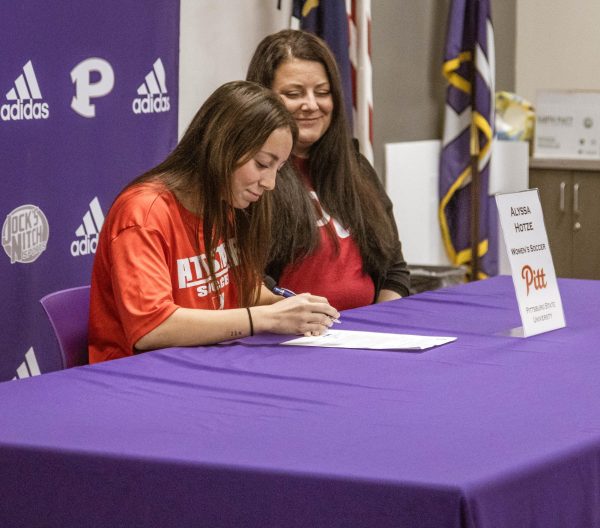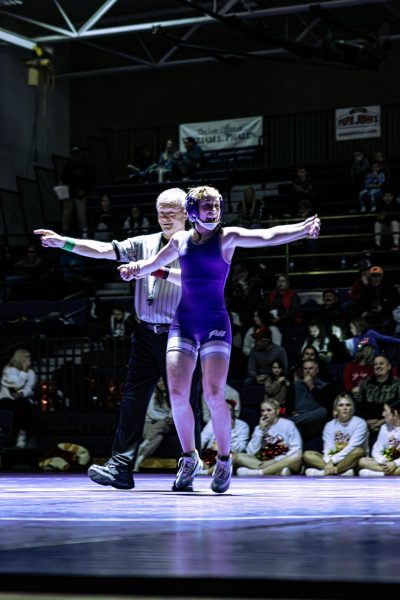The pitfalls of online learning
As the pandemic continues to affect schools around the country, many students have chosen to go online. Although remote learning can help students stay safe, it has proven to have its downfalls.
As of Nov. 13, 158 students at PHS are remote learners. Between the counselors and teachers, the school works to keep in contact with virtual learners.
“Counselors and classroom teachers [are] doing most of the monitoring and updating administration on progress or struggling students,” assistant principal Jeff Johnson said. “We run a list of remote students frequently and monitor the students grades and attendance.”
If a student is struggling online, his or her guardians are notified, and the school works with them to find the best plan for the student.
“If a student continues to struggle academically, administration will have a conversation with parents and guardians and suggest coming back to in-person learning since remote learning is not successful for that student,” Johnson said. “If they refuse to come back to in-person learning, we then look at alternative options for obtaining their education on a student-by-student basis.”
Some students have returned to in-person learning as a result of the challenges they faced online.
“When the school suggested that I come [back from] online, I was very open to the idea because whenever I saw my grades, I noticed how bad they were,” junior Madeline Snider said. “Being online was boring for me. I wasn’t there experiencing the classroom and I was much more disconnected.”
While online, Snider felt like she wasn’t getting the amount of attention necessary to be successful.
“I felt like the teachers didn’t really explain things very well to the remote students. Of course they really tried their best to incorporate us, but it was really hard for me,” Snider said. “They were still experimenting with us and I just didn’t feel like I was included.”
At PHS, there are also certain hands-on classes that don’t work well with a remote schedule. Students have to take this into consideration when choosing to go remote.
“Journalism was probably the hardest to do online because usually for interviews you want to be face-to-face with the student, but anatomy and physiology was also hard for me,” Snider said. “[Journalism] was very much a hands-on class. When I was online, all I could really do was watch.”
Although staff and students are having trouble adapting to online school, Johnson said remote learning is a much-needed option to keep everyone safe.
“The one-to-one and remote learning was done out of the necessity and constraints that the pandemic has forced this school year to look like,” Johnson said. “I applaud our teachers on how flexible and adaptive they have been in learning how to do remote learning and in-person learning simultaneously and caring for students’ academics and well being. It is truly remarkable.”
Your donation will support the student journalists of Pittsburg High School - KS. Your contribution will allow us to purchase equipment and cover our annual website hosting costs.

This is Hannah's fourth year on staff. Outside of journalism she is involved in HOSA, NHS, school softball and travel softball. In her free time, she loves...





